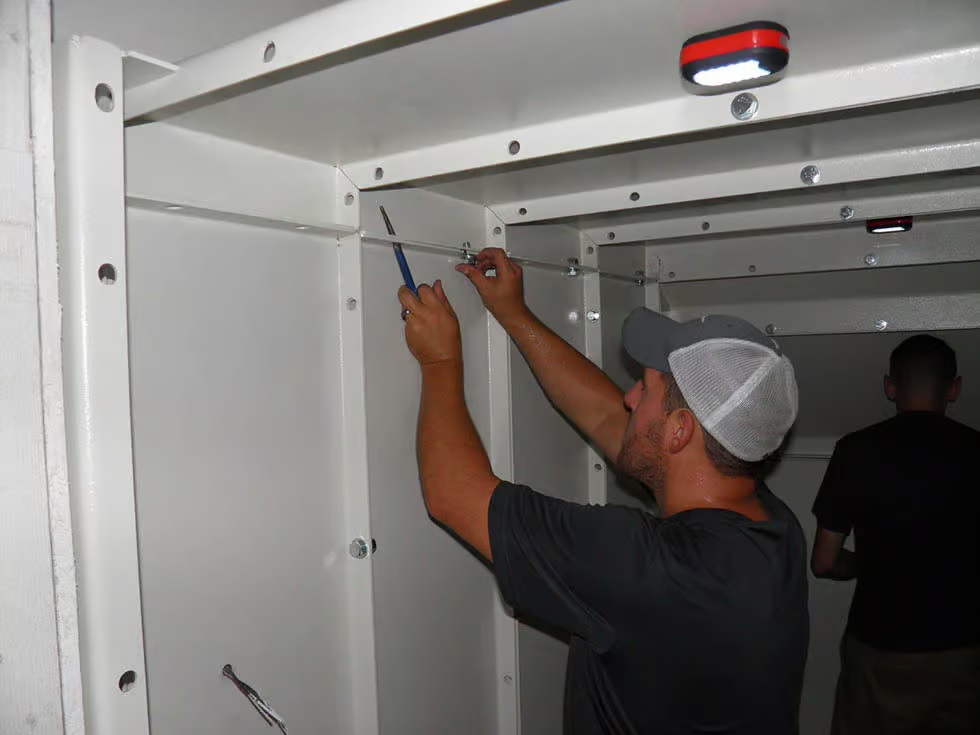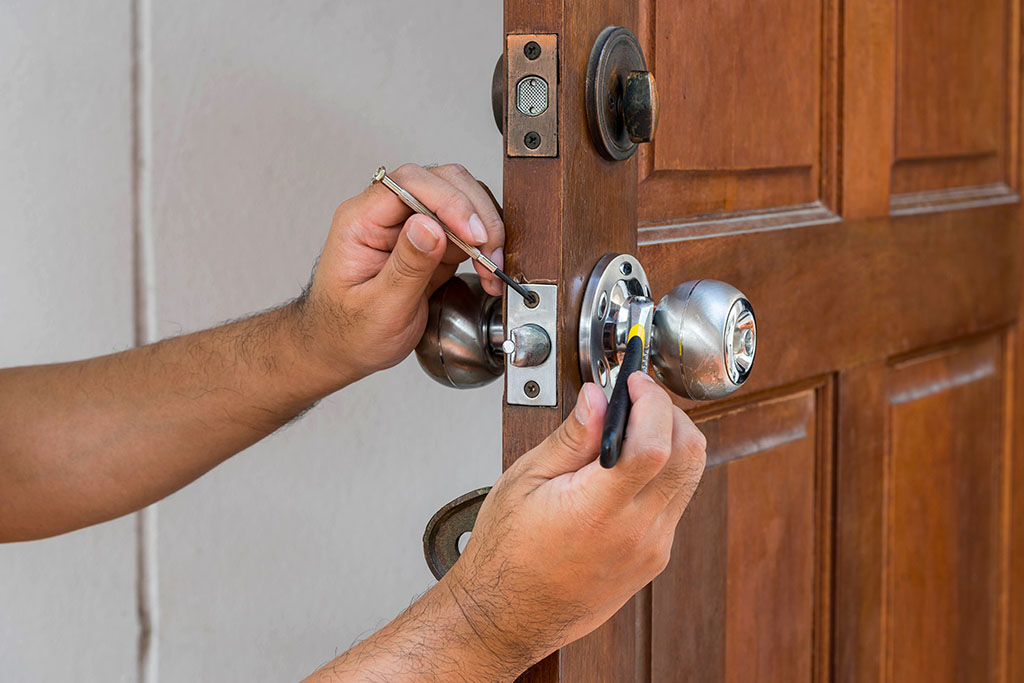Warning: Undefined variable $social_share in /home/sgthshoc/public_html/uniquewarez.com/wp-content/themes/ceris/library/templates/single/ceris_single.php on line 1047
Warning: Trying to access array offset on value of type null in /home/sgthshoc/public_html/uniquewarez.com/wp-content/themes/ceris/library/templates/single/ceris_single.php on line 1047
Warning: Undefined variable $social_share in /home/sgthshoc/public_html/uniquewarez.com/wp-content/themes/ceris/library/templates/single/ceris_single.php on line 1047
Warning: Trying to access array offset on value of type null in /home/sgthshoc/public_html/uniquewarez.com/wp-content/themes/ceris/library/templates/single/ceris_single.php on line 1047
Warning: Undefined variable $social_share in /home/sgthshoc/public_html/uniquewarez.com/wp-content/themes/ceris/library/templates/single/ceris_single.php on line 1047
Warning: Trying to access array offset on value of type null in /home/sgthshoc/public_html/uniquewarez.com/wp-content/themes/ceris/library/templates/single/ceris_single.php on line 1047
Warning: Undefined variable $social_share in /home/sgthshoc/public_html/uniquewarez.com/wp-content/themes/ceris/library/templates/single/ceris_single.php on line 1047
Warning: Trying to access array offset on value of type null in /home/sgthshoc/public_html/uniquewarez.com/wp-content/themes/ceris/library/templates/single/ceris_single.php on line 1047

Plants and machines that safeguard protective fences should be entered regularly for troubleshooting or maintenance work. With ergonomic interior door hardware and convenient safety guards, opening doors is possible without jeopardizing comfort and safety.
The self-adjusting and movable door hardware enables closing elements to be offset by around 20 mm. This helps to ensure functionality even when doors are bent or set down.
Ergonomic Hardware
The right style and finish are important in the architecture and interior design industries. However, the door hardware design is important, too.
Ergonomic hardware often concentrates on facilitating seamless interactions between products and users. This transcends the aesthetic appeal, putting first its contribution to the experience of users and its intuitive functionality.
Ergonomic hardware collections and bard door systems are crafted meticulously, marrying the principles of ergonomics with unique designs to improve users’ experiences. These products prioritize intuitive functionality, ensuring seamless interactions for users.
Why Ergonomics Are Important
These ergonomics involve the requirements and physical needs of people. For instance, in industrial ergonomics, people examine every task they undertake. Usually, an analysis is conducted to know if these actions affect that employee, be it tendonitis, carpal tunnel syndrome, or lower back pain.
Therefore, ergonomics tries to prevent disorders and injuries related to workers. If you plan to design something, like door hardware solutions, you must think of a hidden barn door hardware kit for ergonomic benefits.
Solutions for Safety and Comfortable Living
Sliding door types with a unique and simple pull/push operating motion, which doesn’t require much force, are important for designing facilities for people with different abilities and occupant ages.
The connection between quality and life design was established long ago. A well-designed, functional, and beautiful object triggers positive emotions, like contentment and calmness.
Apart from these two, comfort remains an important aspect of maintaining the quality of users. This reiterates the ease of operations in the home environment for an aging population.
Considerations for Ergonomic Handles
Designing ergonomic handles for industrial purposes varies from creating ergonomic handles in other settings, like home. This is because industrial handles are made to be used by a wide range of people. Moreover, because people are different, what is suitable for one person might not be for another. So, rather than designing handles using very specific anthropomorphic information, you need to consider the following factors to make the right decision:
1. Shape
Standard door knobs aren’t regarded as ergonomic. They have rounded surfaces that require users to exert pressure for a stronger grip to fully hold the handle. For handles, opt for the following examples:
- Industrial door pull handles
- Cover handles
- L-handles
2. Handle Size
Generally, the size of handles refers to combined measurements for handle diameter and length. However, because multiple users will be involved, both male and female, you have to consider other human factors and consider them in your design, whether you have an accordion pocket door or a sliding door.
When choosing the best door handles with ergonomic benefits, you have to consider different factors. These factors don’t just include handle size and shape. They also include practicalities, custom options, designs, finishes, and placement.







